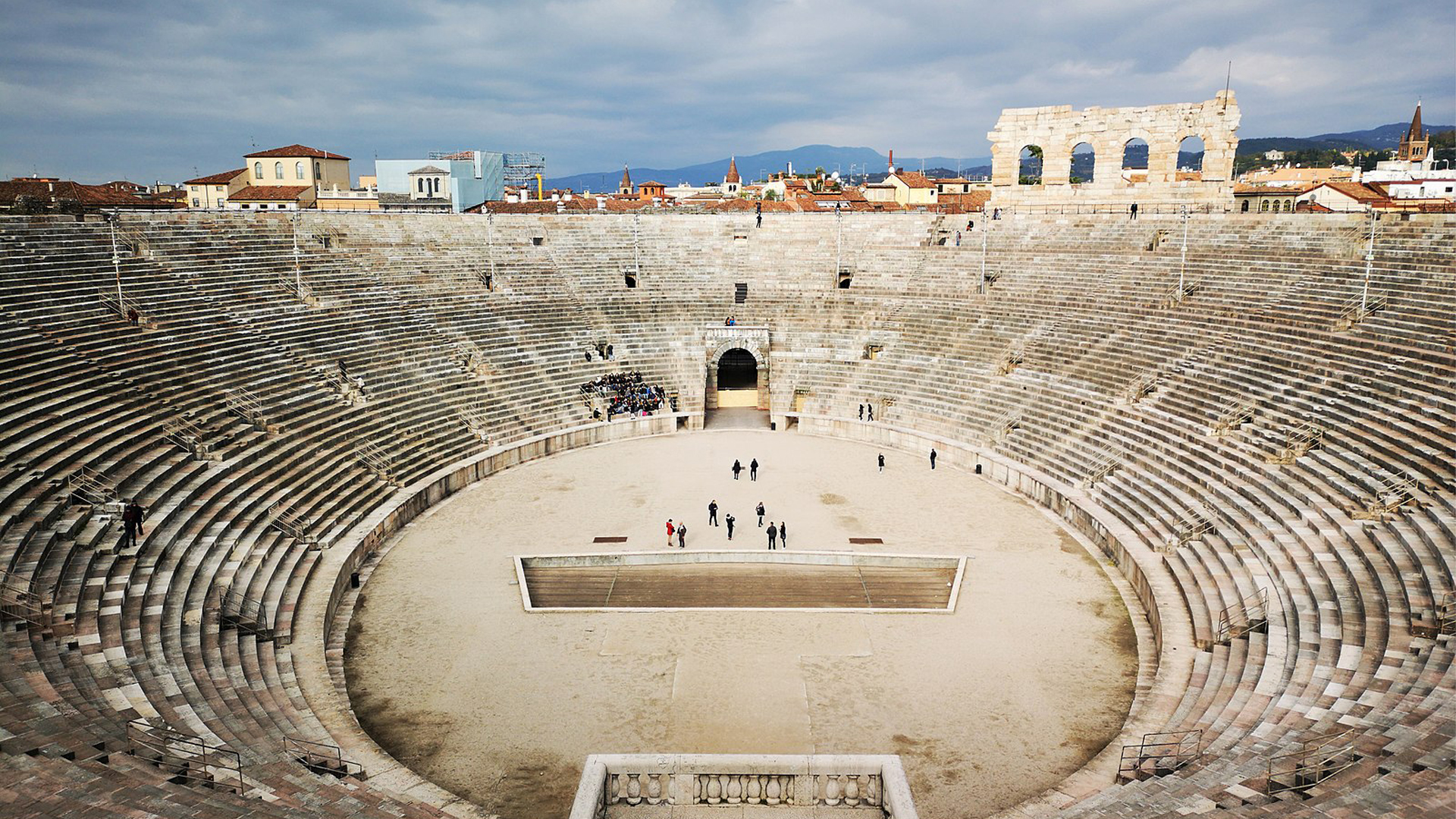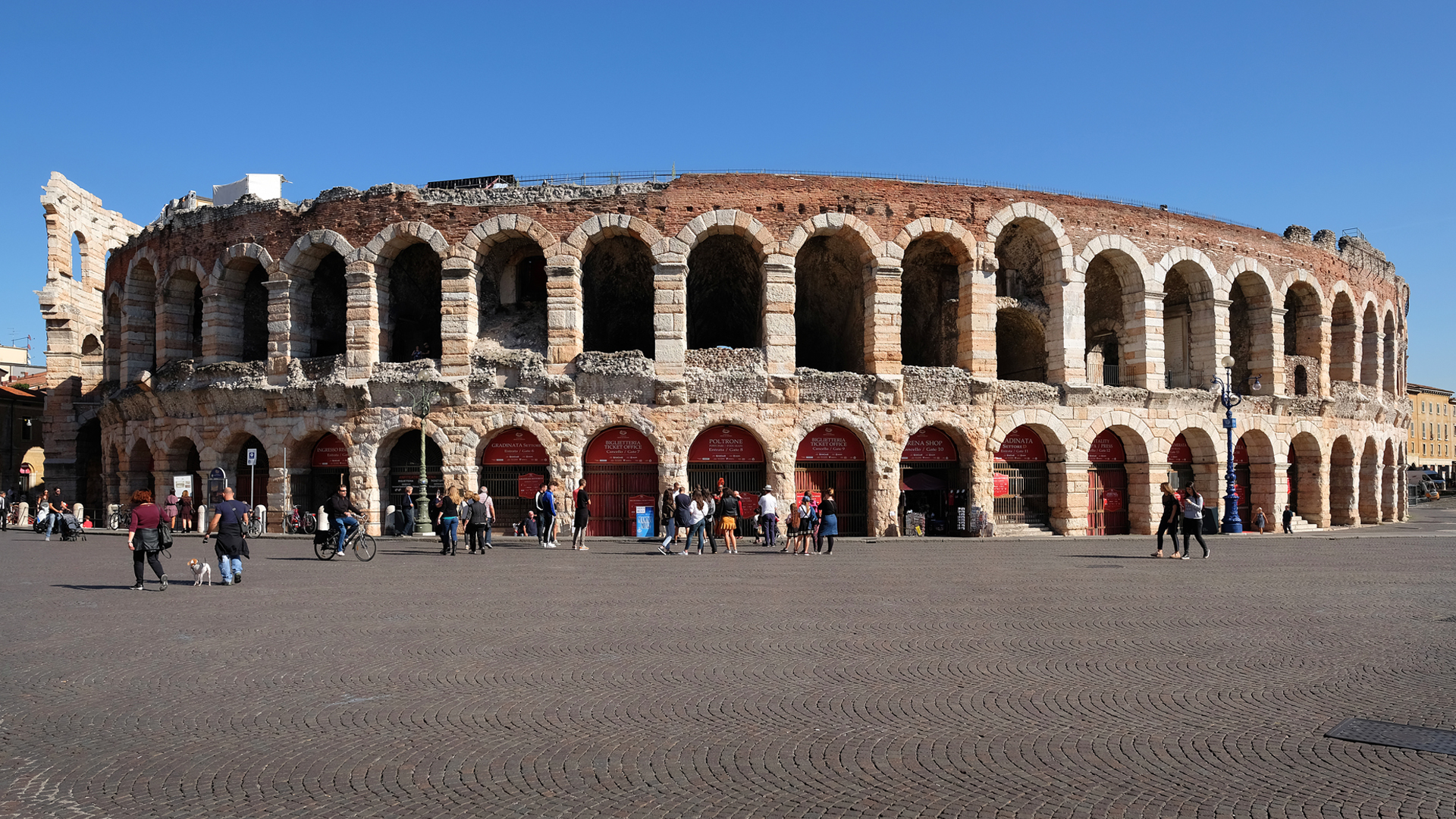The incredibly well-preserved ancient Roman amphitheater of Verona is the city’s most iconic and popular monument. The impressive structure has weathered nearly 2,000 years of history and is a testament to the ancient Romans’ enduring engineering genius. For centuries, it has entertained scores of spectators with bloody gladiator games, exotic animal exhibitions, moving theatrical performances, exciting jousting tournaments, and contemporary opera concerts. Today, it is one of the best-preserved ancient structures of its kind.

Asia London Palomba
Asia London Palomba is a trilingual freelance journalist from Rome, Italy. In the past, her work on culture, travel, and history has been published in The Boston Globe, Atlas Obscura, The Christian Science Monitor, and Grub Street, New York Magazine's food section. In her free time, Asia enjoys traveling home to Italy to spend time with family and friends, drinking Hugo Spritzes, and making her nonna's homemade cavatelli.

